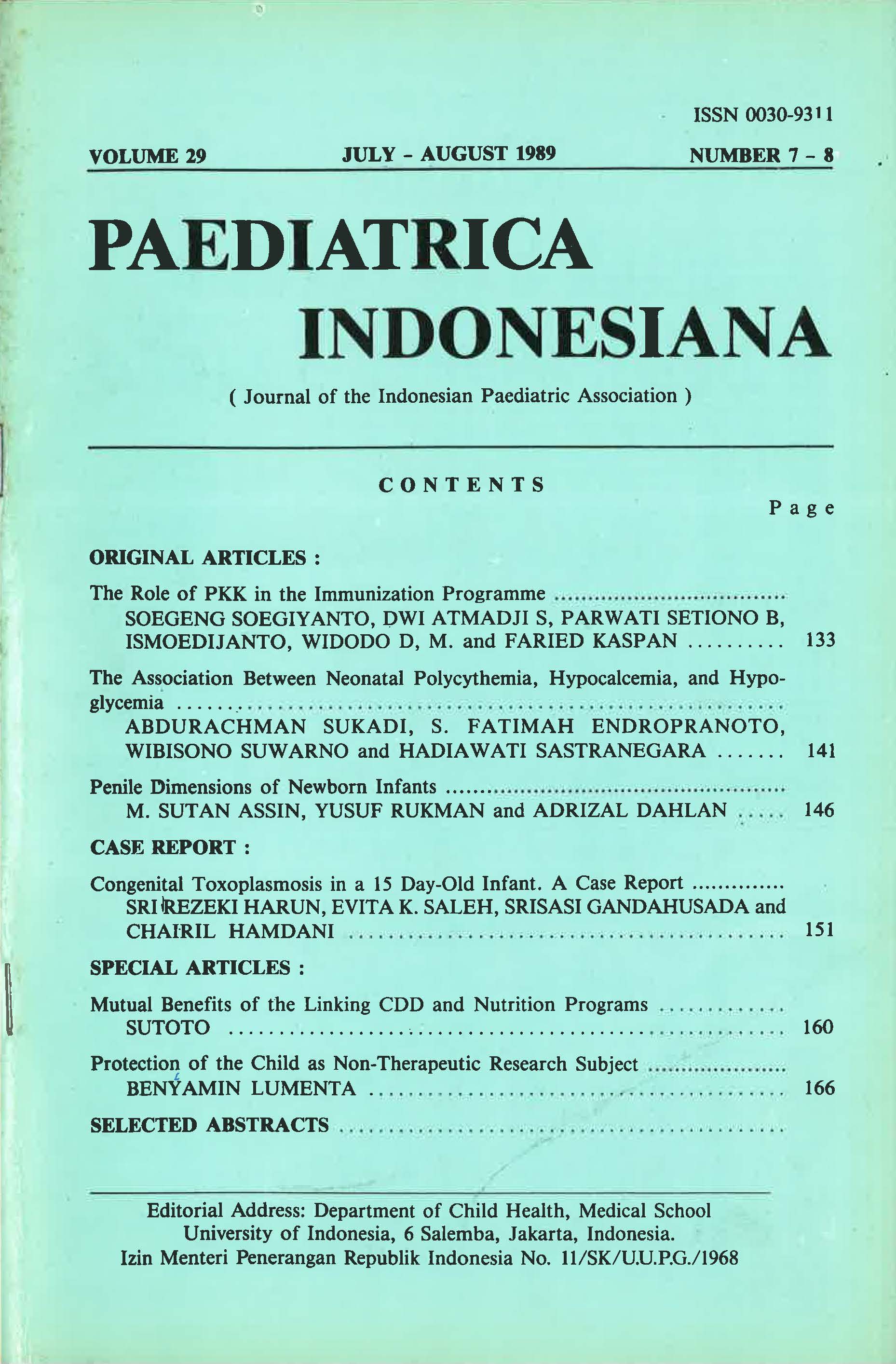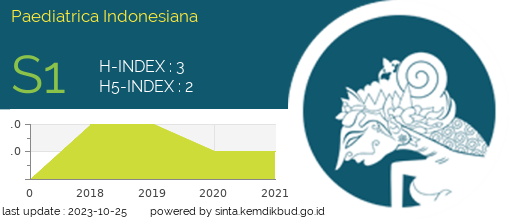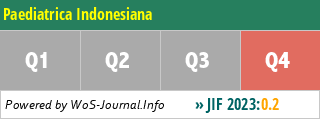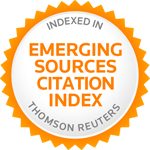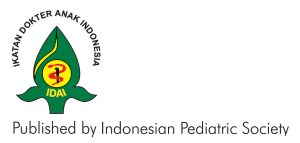Protection of the Child as Non-Therapeutic Research Subject
Abstract
As a developing country, the more research will be performed, scientific as well as industrial, the more will be emphasized on the rights of the individual, particularly of the research subject. This paper is a literature review on medical ethics pertaining to the protection of the rights of children as research subject in advanced communities. Much can be expected from it for the benefit of moral and ethical development in our eastern paternalistic dominated research performance. It will show the historical development of medical ethical analysis and its role in the decision making process at all levels of biomedical research involving children as incompetent patients because of age, or as healthy people under the competent or consent age. The psycho-social evaluation of the child and the conflicting views of biomedical research of the child has been discussed widely in the literature. The last two decades experienced an abundance in studies on child education, establishing ethics pertaining the child's rights and other philosophies. Nevertheless, there still seems to be no apparent consensus pertaining what good life is to the child and yet no uniformity as to the evaluation concerning development of a good life for the child. Besides, biomedical research encounters conflicting public opinions, as Curran (1977) observed three basic conflicting views, i.e. 1st, the protection of the research subject, 2nd, the societal needs for research outcomes, and 3rd, the promotion and encouragement of medical researchers.
References
2. BOK, S. : Freedom and Risk. Daedalus. 107 : 115 (1978).
3. CLOUSER, K.D.: Medical ethics: Some uses, abuses and limitations. New Engl. J . of Med. 293 : 384 (1975).
4. CURRAN, W.J.; BEECHER, H.K.: Experimentation in children: A reexamination of legal ethical principles. J. Am. med. Ass. 210 : 77 (1969).
5. CURRAN, W. J.: Current legal issues in clinical investigation with particular attention to the balance between the rights of an individual and the needs of society; in Reiser, Stanley J ., Dyck, Arthur J . and Curran, William J.: Ethics in Medicine: Historical Perspectives and Contemporary concerns. (The MIT Press, Cambridge 1977).
6. FROST, N.: A surrogate system for informed consent. J. Am. med. Ass. 233 : 800 (1975).
7. GRAY, B.H.; COOK, R.A.; TANNENBAUM, A.S.: Research involving human subjects: The performance of institutional review boards. Science 201 : 1094 (1979).
8. JONSEN, A.R.: Research involving children: Recommendations of the national commission for the protection of human subjects of biomedical and behavioral research. Pediatrics 62 : 131 (1978).
9. LEVINE, R.J .: Research involving children: The national commisson's report . Clinical research 26 : 61 (1978).
10. McCARTNEY, J.J.: Research on children: National commission says "Yes, If ... ". Hastings center report 8 : 26 (1978).
11. McCORMICK, R.A.: Experimentation in children: Sharing in sociality. Hastings center report 6 : 41 (1976).
12. PINKUS, R.L.; HAINES, S.J.: The rights of children involved in research; in Hiller, Marc D., medical ethics and the law: Implications for public policy. (Ballinger Publishing, Cambridge 1981).
13. RAMSEY, P.: Theenforsementofmorals: Nontherapeutic research on children. Hastings center report 6 : 21 (1976).
Copyright (c) 2018 Benyamin Lumenta

This work is licensed under a Creative Commons Attribution-NonCommercial-ShareAlike 4.0 International License.
Authors who publish with this journal agree to the following terms:
Authors retain copyright and grant the journal right of first publication with the work simultaneously licensed under a Creative Commons Attribution License that allows others to share the work with an acknowledgement of the work's authorship and initial publication in this journal.
Authors are able to enter into separate, additional contractual arrangements for the non-exclusive distribution of the journal's published version of the work (e.g., post it to an institutional repository or publish it in a book), with an acknowledgement of its initial publication in this journal.
Published 2018-08-16

